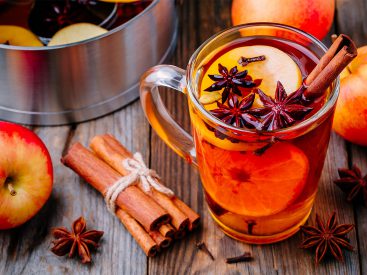Artichokes may be one of the most versatile vegetables in the produce section. Artichokes are beautiful vegetables, and are even more delicious to enjoy when they are steamed, grilled, braised, or fried. But let’s be honest, most of us walk right past them in the grocery store because they […]
Delicious!
Delicious!



